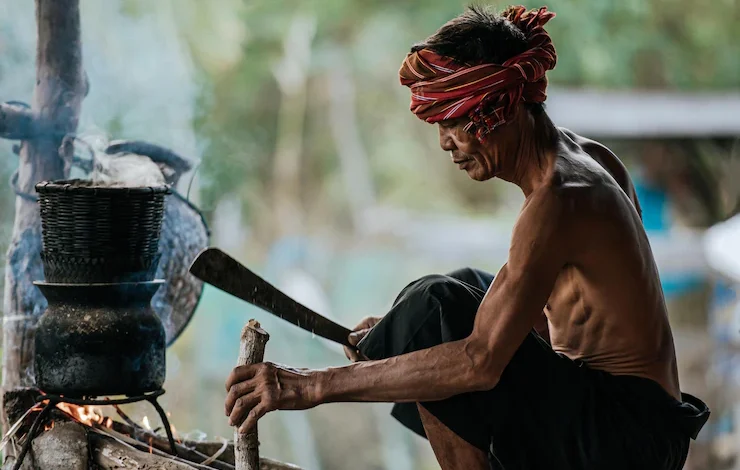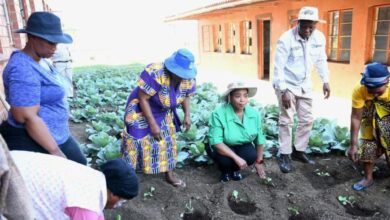How to start a Traditional healer or sangoma services in South Africa

Traditional healing practices have long been an integral part of South African culture, providing spiritual guidance and healing to individuals seeking assistance. If you have a deep connection with traditional healing and wish to offer your services as a traditional healer or sangoma in South Africa, this comprehensive guide will walk you through the steps necessary to embark on this rewarding journey.
Step 1: Understand Traditional Healing and Sangoma Practices Before diving into establishing your own traditional healing practice, it is crucial to gain a thorough understanding of the principles, rituals, and cultural significance behind traditional healing and sangoma practices. Research and learn about different healing methods, ancestral worship, and traditional beliefs that are prevalent in South African communities.
Step 2: Acquire Knowledge and Skills To be a successful traditional healer or sangoma, it is essential to obtain the necessary knowledge and skills. Consider enrolling in reputable training programs, workshops, or apprenticeships offered by experienced traditional healers. These opportunities will provide hands-on experience, mentorship, and insights into traditional healing practices.
Step 3: Build Relationships and Seek Mentorship Establishing connections with established traditional healers or sangomas is invaluable. Seek mentorship from experienced practitioners who can guide you through the intricacies of the profession. These mentors can offer insights into cultural protocols, traditions, and provide valuable advice on building a sustainable practice.
Step 4: Obtain Legal Authorization To practice as a traditional healer or sangoma in South Africa, it is essential to comply with legal requirements. Register your practice with the Traditional Health Practitioners Council (THPC) or the South African Traditional Healers Association (SATHA). These organizations regulate and promote traditional healing practices, ensuring ethical standards and protecting the interests of practitioners and clients alike.
Step 5: Establish a Healing Space Create a dedicated space for your healing practice. This space should be conducive to spiritual work and exude a calm and welcoming atmosphere. Consider incorporating traditional elements such as herbs, incense, and traditional artifacts to enhance the ambiance.
Step 6: Develop a Unique Healing Approach Differentiate yourself by developing your own unique healing approach. This can involve combining traditional methods with modern techniques or specializing in a particular aspect of traditional healing. It is essential to continuously refine and adapt your approach based on the needs of your clients and the guidance of your ancestors.
Step 7: Build a Reputation and Clientele To establish yourself as a trusted traditional healer or sangoma, focus on building a solid reputation within your community. Word-of-mouth referrals and testimonials from satisfied clients are powerful marketing tools. Participate in community events, workshops, and engage in public speaking to raise awareness about traditional healing and your services.
Step 8: Continuously Educate Yourself Traditional healing practices are diverse and ever-evolving. Stay updated on the latest research, techniques, and advancements in the field. Attend conferences, workshops, and seminars to broaden your knowledge base and refine your skills.
Step 9: Offer Ethical and Professional Services Maintain the highest ethical standards in your practice. Respect client confidentiality, provide honest assessments, and avoid making false promises. Strive to deliver professional services that align with the cultural values and traditions of your clients.
Step 10: Embrace Continued Growth As a traditional healer or sangoma, personal growth and spiritual development are ongoing processes. Dedicate time to your own self-care, spiritual practices, and ancestral connections. Seek personal growth through meditation, introspection, and maintaining a healthy work-life balance.
Starting a traditional healer or sangoma service in South Africa requires a deep understanding of cultural traditions, legal compliance, and a commitment to personal and professional growth. By following the steps outlined in this guide, you can embark on a fulfilling journey of spiritual healing, providing valuable services to those seeking traditional remedies and guidance. Remember, being a traditional healer or sangoma is a lifelong dedication that requires humility, empathy, and respect for the rich cultural heritage of South Africa.





